California is known for its fabulous West Coast beaches but animal deaths and recent attacks across multiple beaches have brought up questions. In Southern California, recent algae blooms have created a phytoplankton called pseudo-nitzschia australis, also known as Domoic Acid.
The acid can be very harmful physically but also mentally. In Long Beach, a Millikan sophomore in PEACE, Phoebe B. was attacked by a sea lion on Mar. 30th as a result of the acid affecting the sea lion’s brain. Luckily, as dangerous as sea lions can be, she suffered no serious injuries.
For animals such as sea lions, marinemammalcenter.org says, “Domoic acid attacks the brain and the heart causing seizures and heart failure. If left untreated, it usually causes permanent brain damage.”
In addition to the “rabid” sea lions, two dead whales have washed up on shore due to the acid poisoning: a teen humpback on Jan. 24th in Huntington Beach and a minke whale on Apr. 6th in Long Beach.
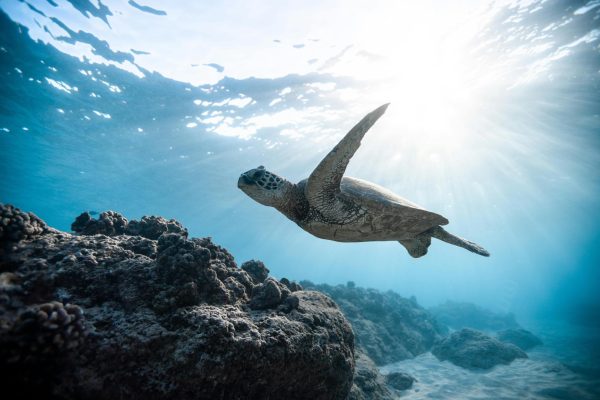
Domoic acid can also have effects on humans. According to cdph.ca.gov, there are both minor and major effects on humans such as vomiting, diarrhea, cramps, seizures, comas, and more.
Marine Biology teacher, Mrs. Durham says, “It can make us very sick or actually be deadly because there is no antidote for the neurotoxin.” Durham continued,“It can also give any mammals lasting neurological damage.”
Since this has only occurred a few times, Mrs. Durham says scientists aren’t sure how exactly to help quite yet, but these blooms will only continue to occur if not researched. While the acid can affect swimming people, it also affects the wildlife around them. The animals affected are more prone to attacking people than normal, if you do go swimming it is important to be aware of your surroundings.

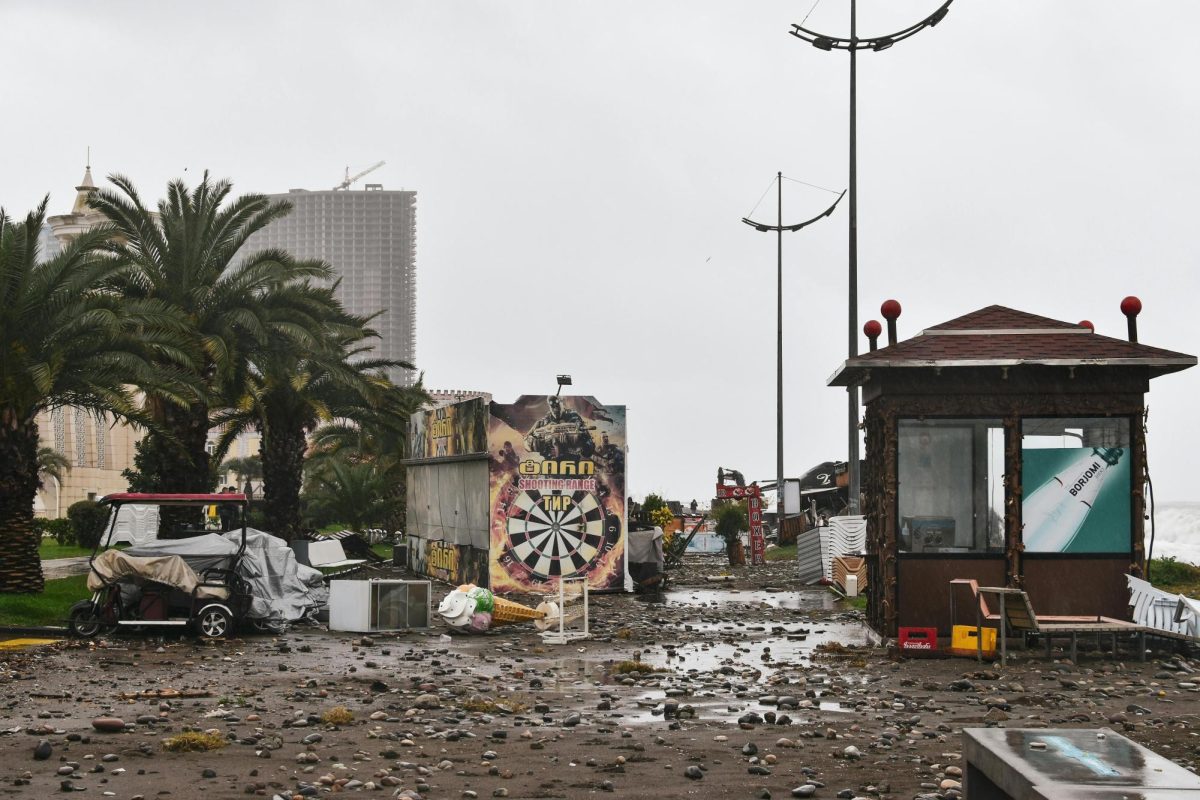


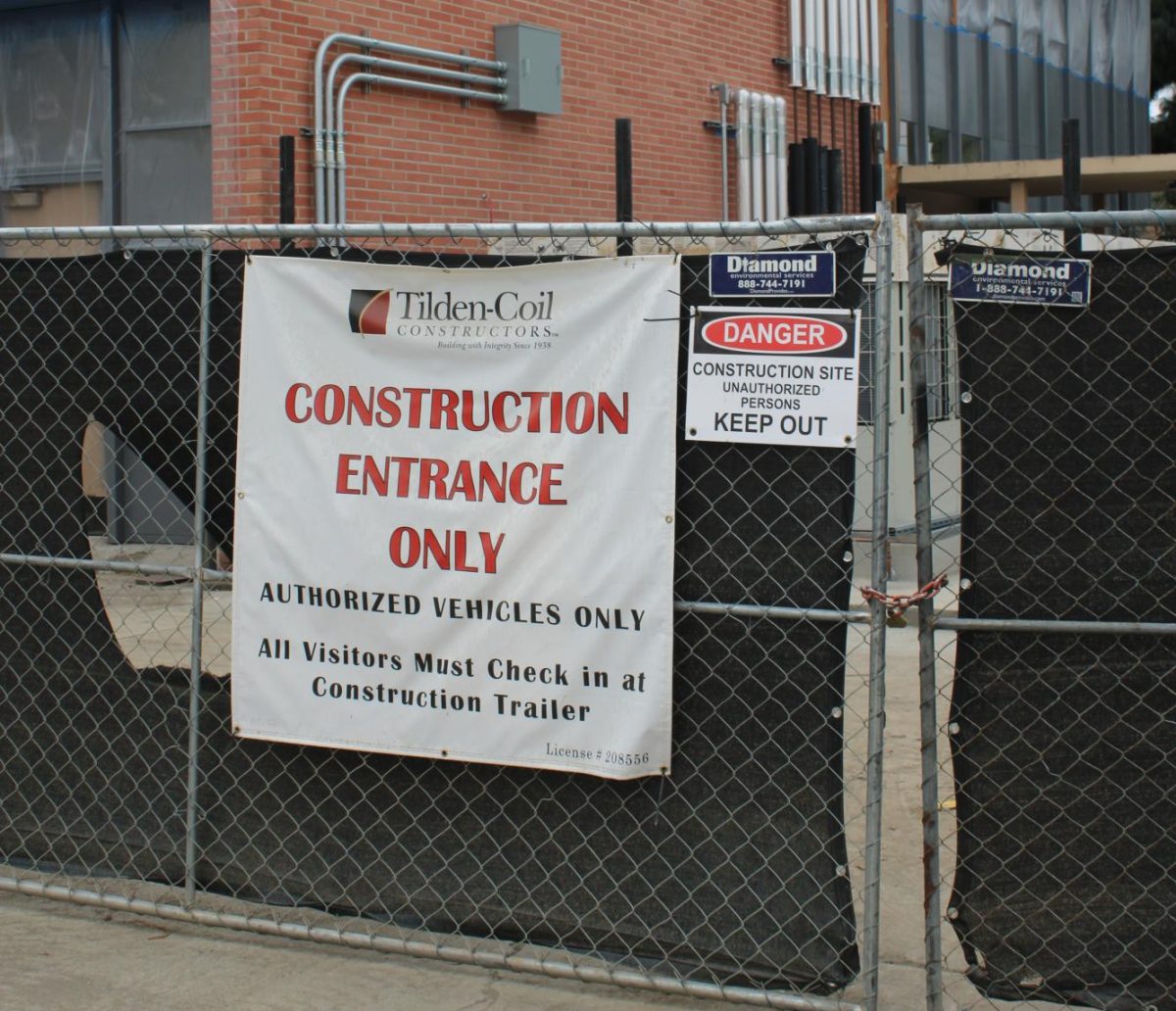

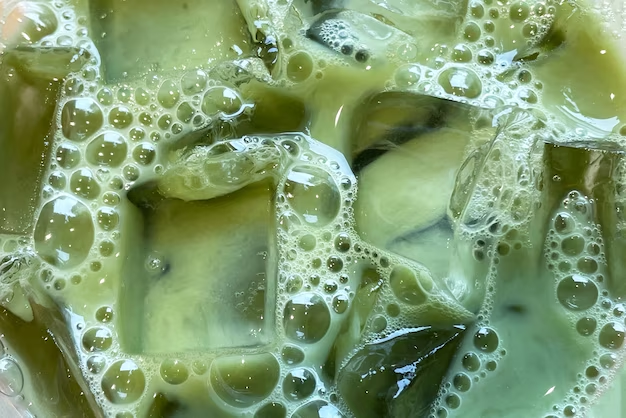



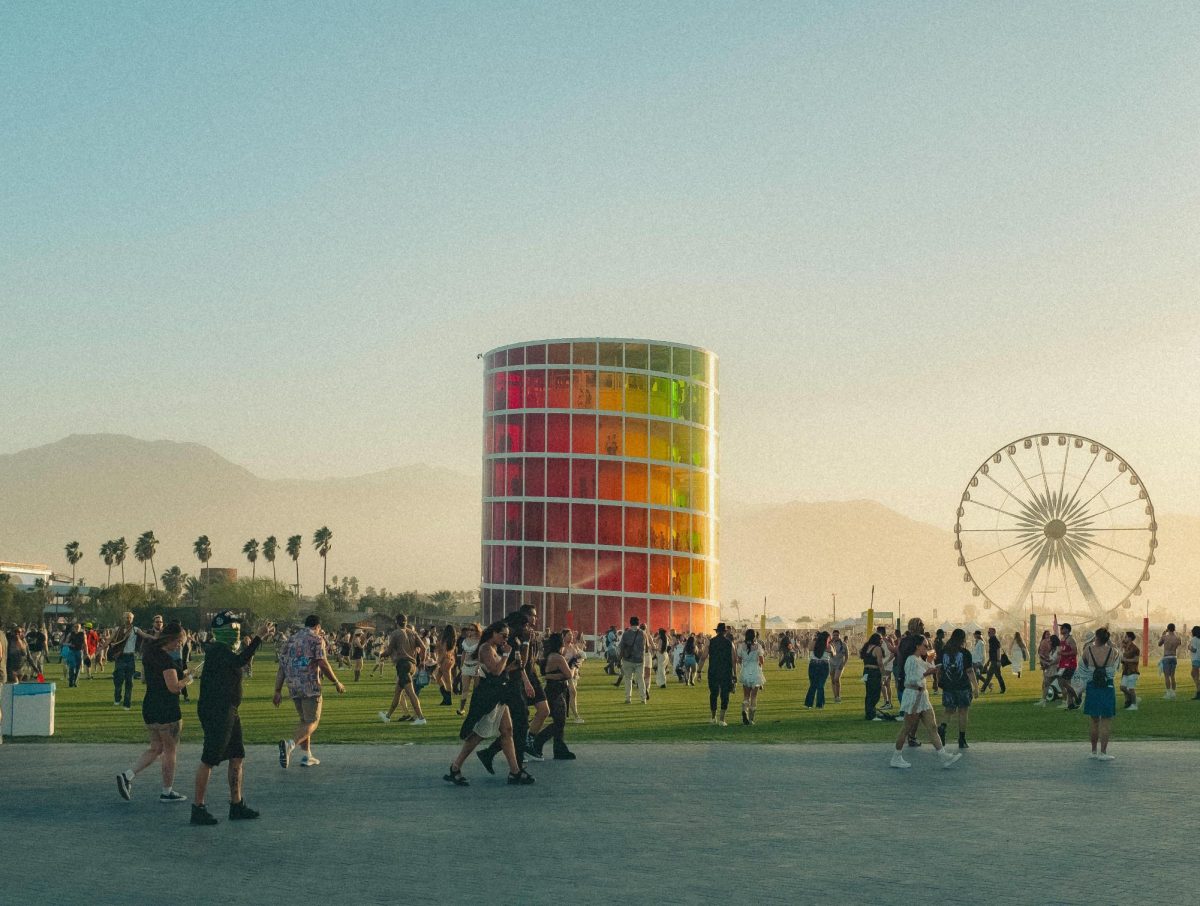









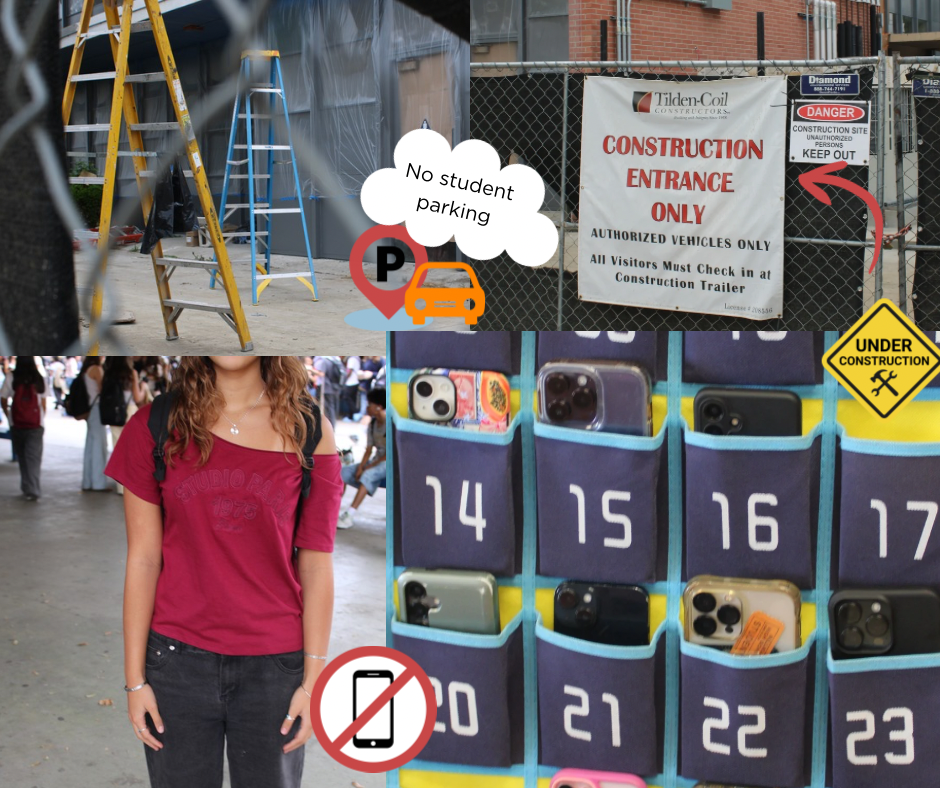

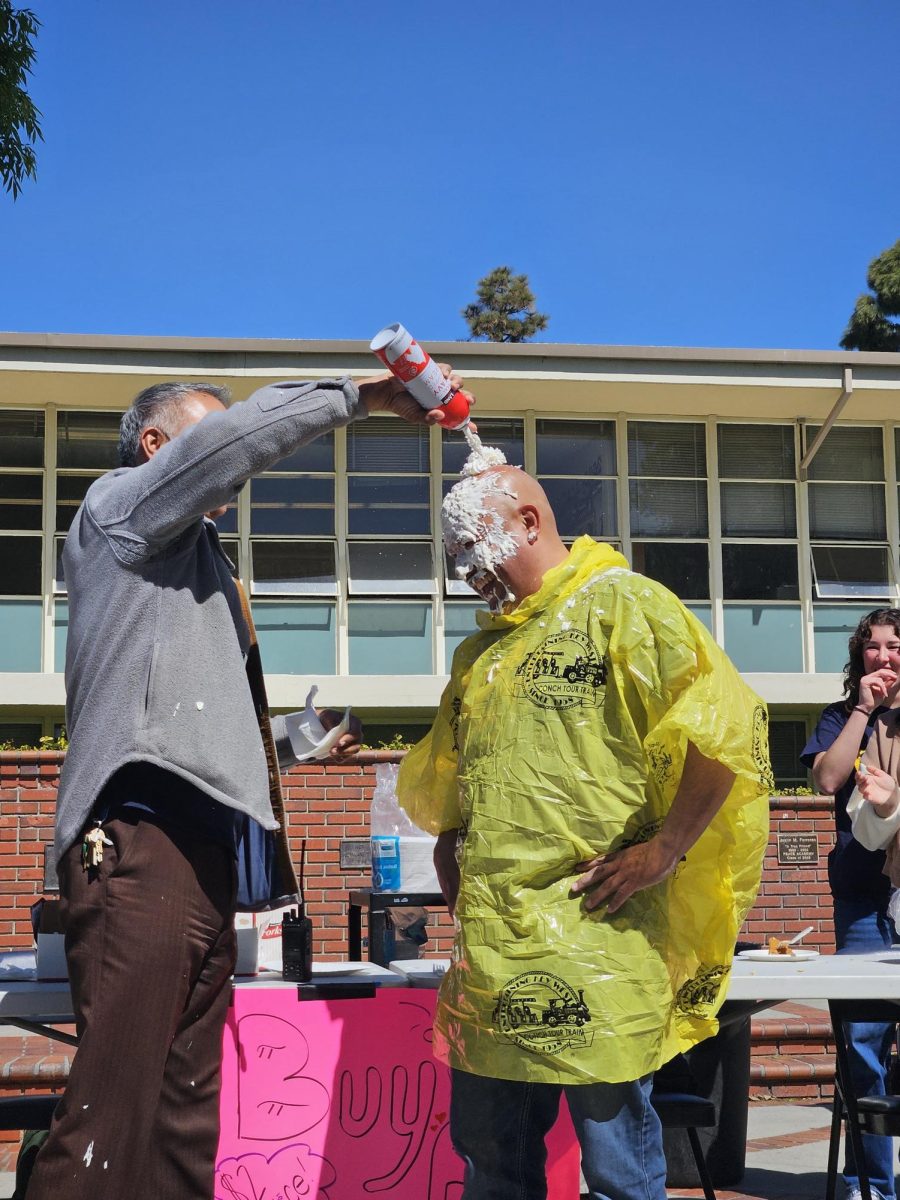


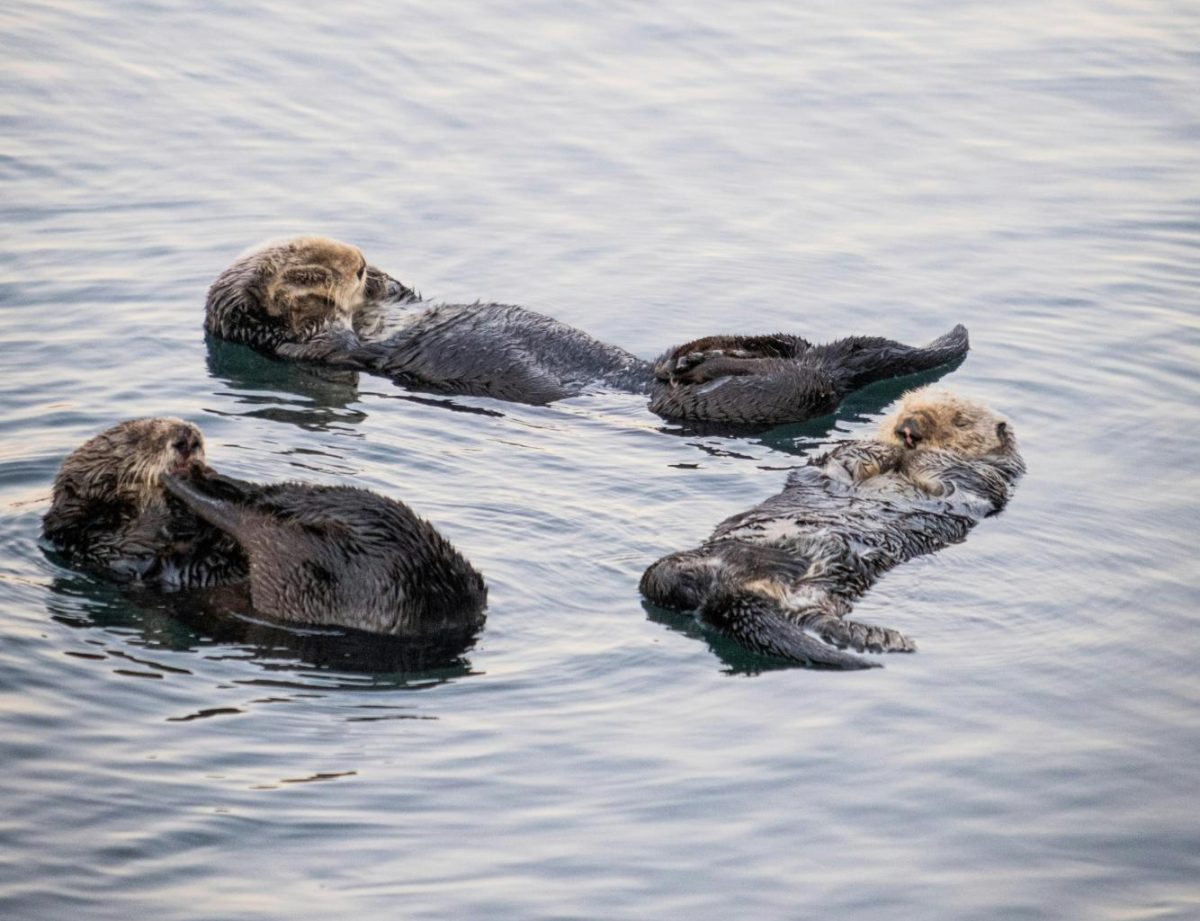





Adysen Domingo • May 31, 2025 at 9:42 am
On May 27, 2025, Rhyan Keffer wrote an article titled “Sea life: algae, acid, and attacks”. This article incorporates the negative effects of Domoic acid. He expresses how this detrimental acid can influence sealife mental and physical health. In addition, Keffer does a great job using concrete evidence that supports his claim. These include pictures, as well as the anecdote where Phoebe B. was attacked. The use of evidence supplements the idea on why there is an uprising of animal deaths and attacks. This excerpt does a substantial job raising awareness and informing the audience how impactful algae blooms are on marine life.
Personally, I have a fondness for this article because I like learning about topics about the ocean; and its environmental effects. Moreover, I suggest implementing more background on how algae blooms are created and how common it is for sealife to attack humans. Since Keffer added the story of Phoebe being attacked, it might exercise more fear to the audience than needed. Overall, this article was very educational and did a significant job capturing the audience.
Alexander Hu • May 30, 2025 at 1:03 pm
On May 27, 2025, Rhyan Keffer wrote an article that mentioned the “Sea Life; Algae, acid, and attacks”. Keffer included a lot of evidence not only just in words but in pictures and expressed his concerns, and I like that. It is a great article but the only concern I had was the unnecessary addition of a sentence in paragraph two. When you mentioned when Phoebe was attacked, that was great addition but rather than mentioning that she suffered no injuries, you could rather elaborate on any other occurrences with the Sea Lion species. This might enhance your writing and pack a punch of information that could not seem so general around the topic. Either way, you still wrote an interesting article and I love the ocean as well so this is an amazing addition to the Corydon. I hope to see more about this topic!
Joshua • May 30, 2025 at 11:24 am
May 30, 2025
Dear Corydon Editor,
On May 27, 2025, Rhyan Keffer wrote an article titled “Sea-life: algae, acid, and attacks”. Keffer did a great job explaining the negative effects of domoic acid which comes from algae blooms. I was shocked to find out a fellow Millikan student had been bitten by a sea lion affected by this acid on March 30th but I am happy to hear no serious injuries had been taken. I love marine animals so finding these things out are incredibly heart aching.
Keffer adds on to explaining what the acid does to sea animals, more specifically to the sea lion that was affected. Keffer quotes from marinemammalcenter.org which says that the acid affects the brain and heart of marine mammals that can cause seizures and permanent brain damage. It is also very heartbreaking that a teen humpback whale and a Minke whale washed up. The domoic acid sounds like it gives very similar effects as rabies.
Keffer then mentions that the acid can actually infect humans as well, explaining its effects. He then mentions Mrs. Durham and her talking about what scientists say about there being no antidote and the heavy neurological damage that can occur. There has only been a few cases which make is hard for scientists to learn more about the acid. I really hope there is something we can do to stop this acid soon and even if I can do something if they have a national protocol. Rhyan Keffer does an amazing job at using good sources and bringing up urgency to the problems with this acid.
Sincerely,
Joshua Lide
Yasmine Zaidi • May 30, 2025 at 9:13 am
On May 27, 2025, Rhyan Keffer published an article entitled “Sea life: algae, acid, and attacks.”
In this excerpt, the author covers the current issue occurring on California’s coast: The algae bloom. The article informs us of the contents of the algae bloom and its effects on not only humans, but the marine life of California as well. The author incorporates several real and recent stories relating to the situation, such as the damages on marine mammal’s health- physically and mentally- and how this has concerned humans, too. The author also uses reliable sources to educate us on side effects and the workings of the algae. This article does an excellent job of informing the reader of this event, and it is found to be very helpful as summer is coming up and several people are making beach plans. It is quite important that we are all aware of the state of the water as citizens on the coast, and the author was able to cover the situation and spread awareness in an exceptional way.
Patrick Chhay • May 29, 2025 at 3:28 pm
May 29, 2025
Dear Corydon Editor,
On May 27, 2025, Rhyan Keffer wrote an article titled “Sea-life: algae, acid, and attacks”. This article did a good job at explaining the deadly affects and potential risks of Domoic acid. They were able to show case these deadly affects by citing the experience of a fellow MIllikan student who was attacked by a Sea Lion who was under the influence of Domoic Acid. This effectively relates the affects of Domoic acid to a local problem that affects our community. Something that could have been done better is explain how exactly Domoic acid affects certain regions of the brain. They could have also further explain the origins of Domoic acid and how it is able to spread and also how easily it can spread. Overall the author did a great job at highlighting the deadly affects and dangerous of Domioc acid and is able to effectively warn the audience. They do this by warning the audience to take extra caution when swimming in sea waters because that is where Domoic acid lives.
Sincerely,
Patrick Chhay
Keisha Redrico • May 29, 2025 at 1:31 pm
On May 29, 2025, Rhyan Keffer composed an article entitled “Sea life: algae, acid, and attacks” that tackles a timely and important environmental issue. It emphasizes the consequences of domoic acid and algal blooms on both humans and marine life. This adds authenticity and personal impact to the story with the use of direct quotes from a student and a local teacher. A concern I may imply about the story is that it can be alarming for readers without clear context on how rare or common such incidents are because of the mention of Phoebe B. being attacked by a sea lion. A more balanced tone may reduce unneeded fear. I can also suggest a more in-depth background on what causes the algae blooms as it will help readers understand the general environmental context. In terms of enhancement, including statistics about algae blooms throughout the years in California for a stronger data-driven structure. Are there any efforts by local authorities to monitor the domoic acid levels? In conclusion, the article does a great job of raising awareness on public safety and pressing environmental issues. It effortlessly mixes scientific facts with real-life events to create a narrative that is both engaging and informative.
Callie Sythe • May 29, 2025 at 1:24 pm
On May 27, 2025, Rhyan Keffer wrote an article titled, “Sea life: algae, acid, and attacks”. This article brings to focus the topic of animal deaths and attacks across multiple West Coast beaches. Keffer speaks on Domoic Acid created from recent algae blooms in these beaches. This article mentions how this acid affects animals in mental and physical ways, causing them to become more violent due to the acid attacking the brain and heart of these animals.
Keffer mentions a quote from Marine Biology Teacher, Mrs. Durham says “It can also give any mammals lasting neurological damage.” This quote allows us to understand the seriousness of this Domoic Acid and how it is dangerous to sea life in these West Coach beaches. Keffer also highlights the fact that humans can get affected by this as well. The article states that there isn’t sure way of helping reduce these algae blooms and that they will only continue to occur.
Isabel Tapia • May 29, 2025 at 9:16 am
On May 27, 2025, Rhyan Keffer wrote an article titled, “Sea life: algae, acid, and attacks” Keffer’s main idea is to highlight how sea life is being harmed by the Domoic Acid. Within the past few months I have gone to the beach and witnessed a sea lion that was visibly not healthy, struggling on the shore of Seal Beach. Many ignorant people approached the poor seal trying to mess around with it when all she wanted and needed was help. Keffer presents the audience with insight from other sources, including information such as from marinemammalcenter.org, “Domoic acid attacks the brain and the heart causing seizures and heart failure. If left untreated, it usually causes permanent brain damage.” Even one of Millikan’s students, Phoebe B. had been attacked by a sea lion that had been affected by this Domoic Acid. Keffer mentions humans can be affected physically and mentally by this acid, from vomiting to even comas. It’s devasting that our sea life are being punished for simply living in their habitats. Hopefully, the scientists researching this phenomenon will soon find a solution to this horrible occurrence. All in all, the insight of how our sea life is being affected brings light to what many may not have known, possibly saving people from being attacked while out at sea.